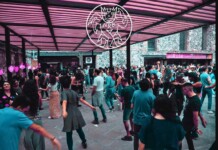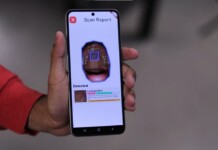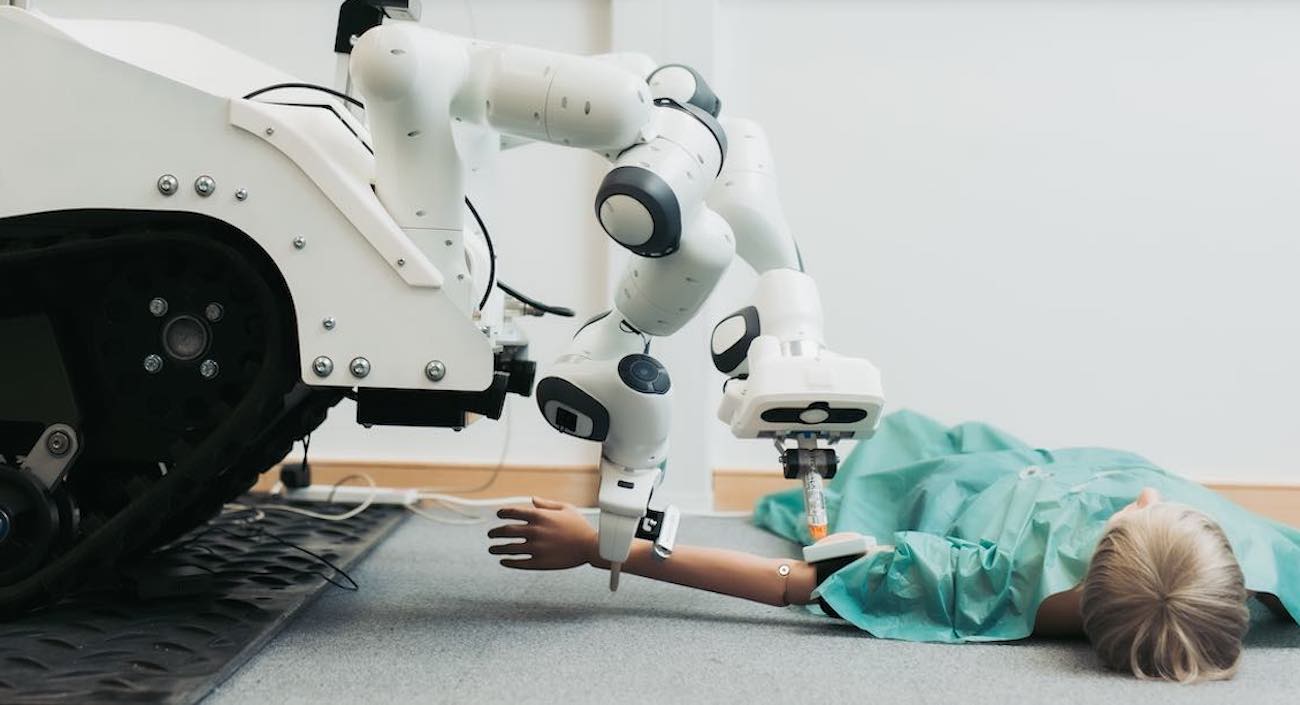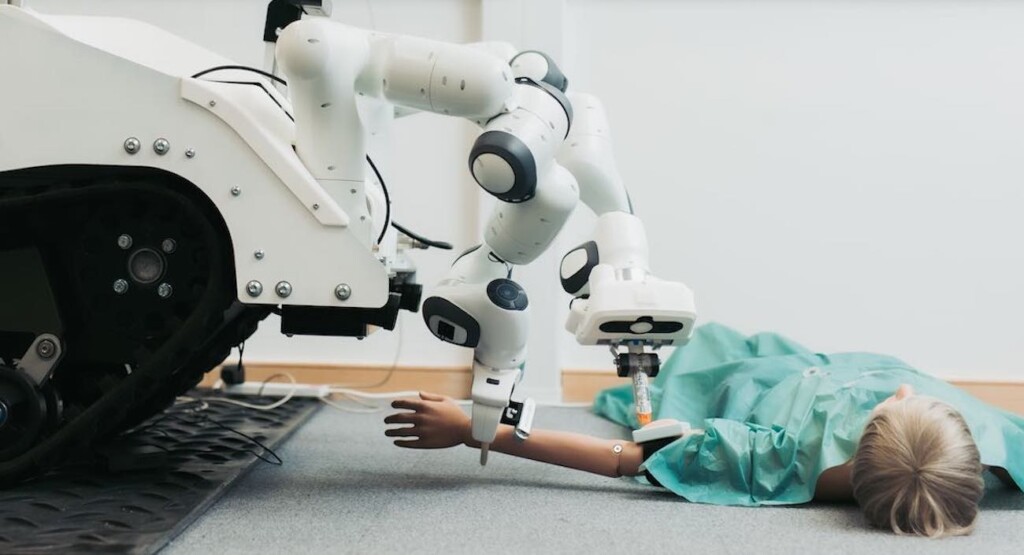
A new robotic medic could save lives in places like radiation zones that are too dangerous for nurses and doctors to operate.
Human medics can control the vehicle remotely and use the robot’s arms to check a patient’s temperature, blood pressure, heart rate, and even give injections.
The “game-changing” technology has potential to save lives in high-risk emergency environments, such as humanitarian disasters or war zones, say the University of Sheffield team who developed it.
And the first-of-its-kind system was developed in just nine months.
Using medical telexistence (MediTel) technology, researchers from the University’s Advanced Manufacturing Research Centre (AMRC), Sheffield Robotics and Department of Automatic Control and Systems Engineering, created the mobile, robotic-controlled un-crewed ground vehicle (UGV).
It boasts virtual reality (VR) capability, enabling medics and operators to assess critical casualties in hazardous environments, allowing them to perform a remote triage while also ensuring their safety.
It features two robotic arms which can effectively remotely operate medical tools to perform a critical initial assessment of a casualty within 20 minutes.
That includes temperature, blood pressure and heart rate checks. It can also carry out a palpation of the abdomen and administer pain relief through an auto-injector—all while streaming real time data to the remote operator. (Scroll down to see the video demonstration.)
LESS TECH is GOOD TOO: Automakers Are Bringing Back Buttons and Knobs as Touch Screens Become Scourge for Drivers
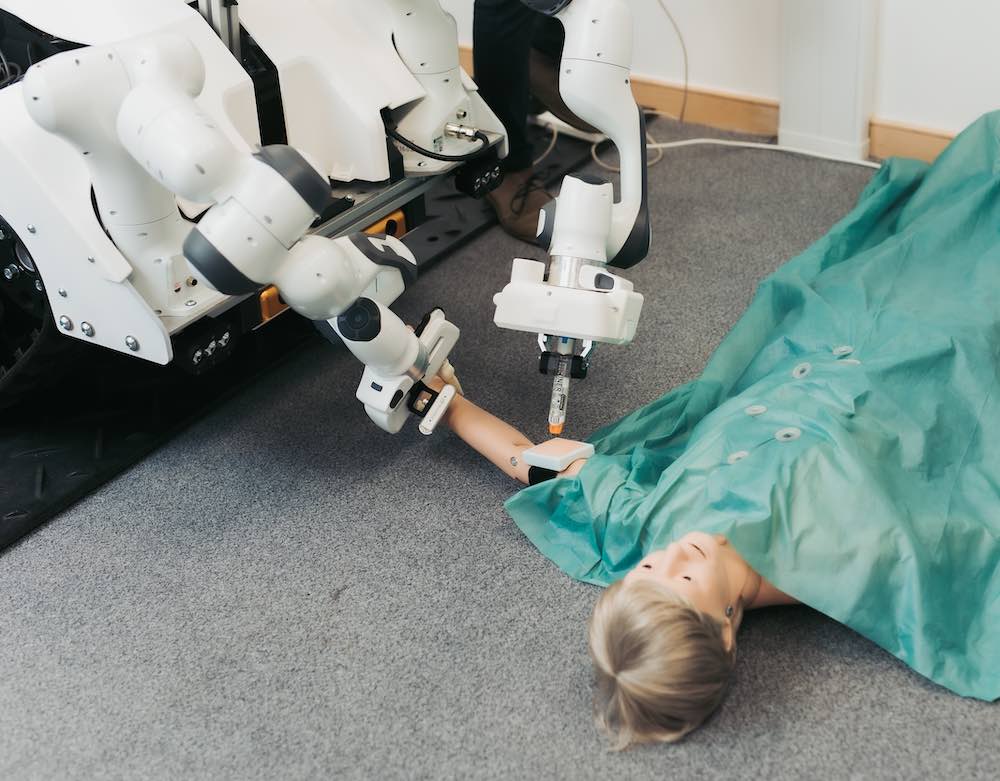
“Developing and field testing a state-of-the-art, complex system such as MediTel in just nine months has been an incredible achievement and a testament to the skills and capabilities of the entire project team,” said David King, Head of Digital Design at the AMRC.
“MediTel combined existing medical devices with state-of-the-art robotics systems to develop a platform capable of allowing a remote operator to navigate through difficult terrain and provide critical diagnoses of high-risk casualties.”
CHECK OUT: Device Pulls Dozens of Liters of Water from the Air–Already Being Installed in Desert Homes
Professor Sanja Dogramadzi, director of Sheffield Robotics, said: “This platform could be used by multiple emergency response services.
They will now integrate other sensing modalities to assist patient triage.
MediTel was one of three novel telexistence technologies funded by a £2.3 million innovation competition through the Defense Science and Technology Laboratory (Dstl) and the Nuclear Decommissioning Authority.
“The project has enabled us to demonstrate the art of the possible to end users, so that we can better understand where telexistence could add value to defense and security environments,” said Dr. Nicky Armstrong, technical lead at Dstl.
LUCKY TECH: Apple Watch Saves Woman from Pulmonary Embolism While She Slept
The Sheffield team hopes to build on the project’s success and explore the development of a large-scale medical emergency platform, capable of rapid deployment to humanitarian disasters.
WATCH this team do its magic…
SHARE the Awe-inspiring Technology on Social Media…




